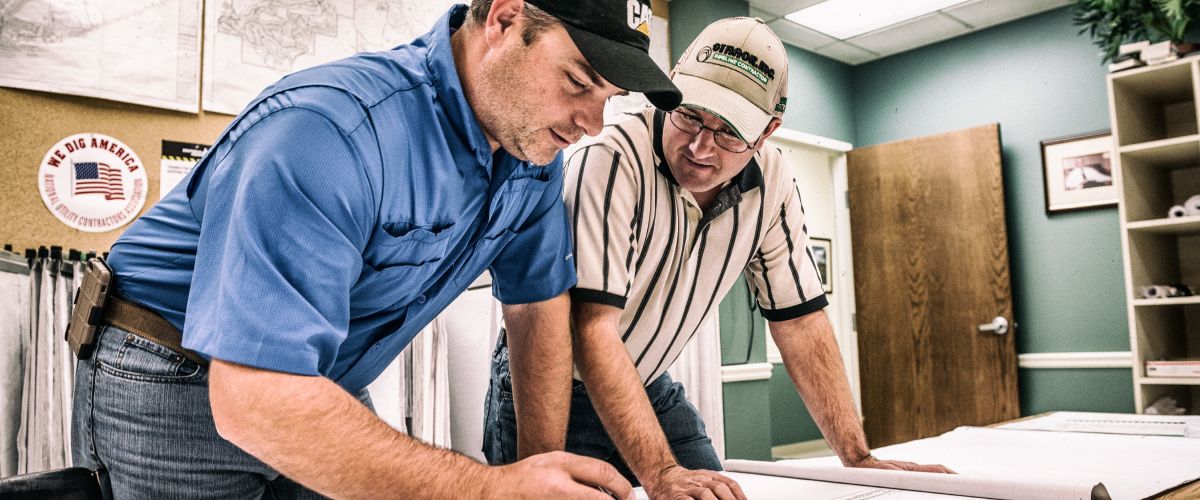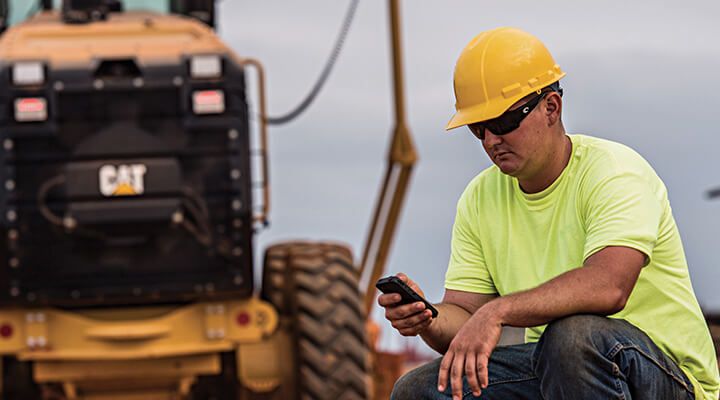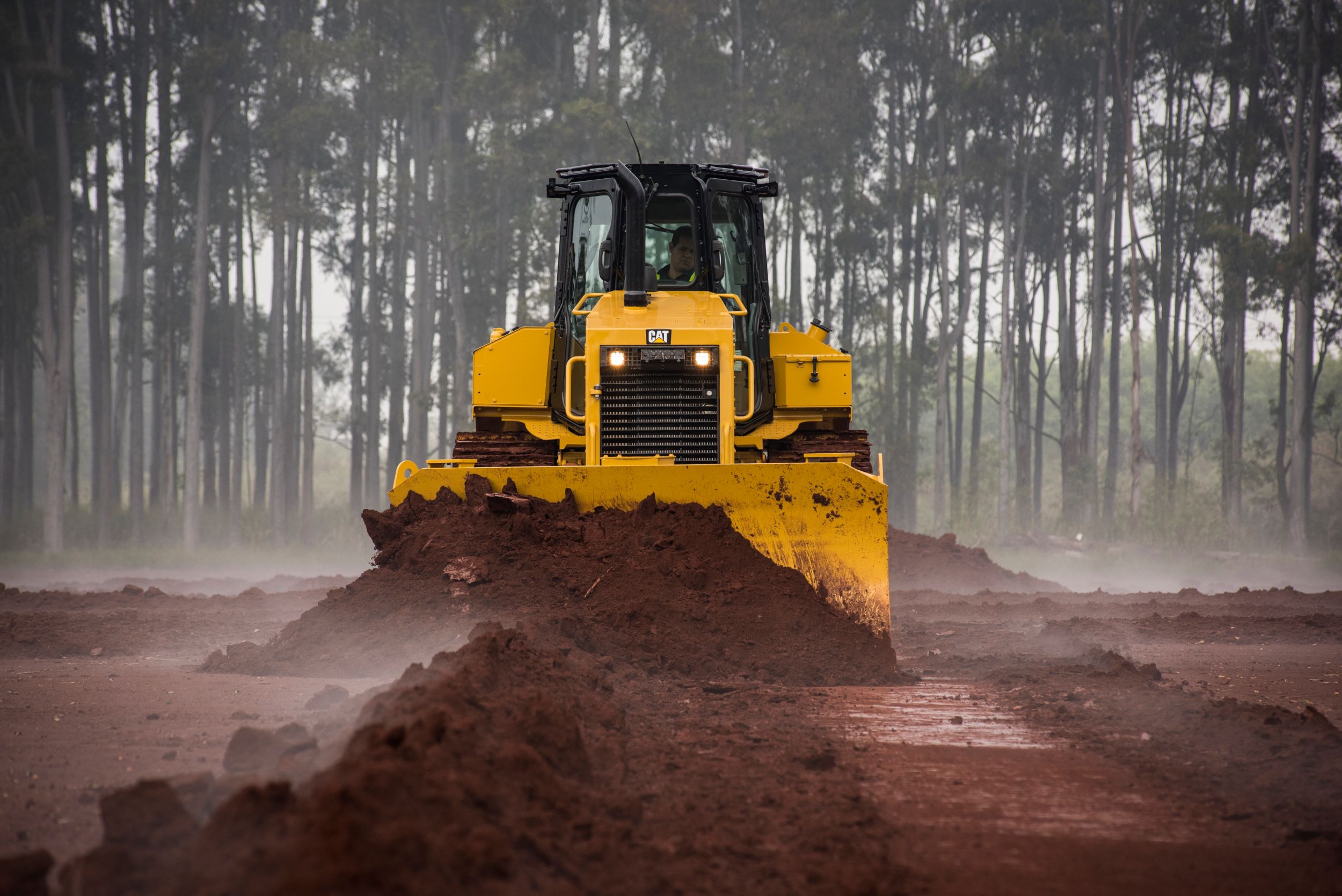

Sign In
Welcome! Sign In to personalize your Cat.com experience
If you already have an existing account with another Cat App, you can use the same account to sign in here
Register Now
One Account. All of Cat.
Your Caterpillar account is the single account you use to log in to select services and applications we offer. Shop for parts and machines online, manage your fleet, go mobile, and more.
Account Information
Site Settings
Security
Planning for a Healthy Bottom Line
If you’re finding your projects are increasingly running over budget and off schedule, you’re in good company. According to Klynveld Peat Marwick Goerdeler (KPMG), in the last three years less than a third of all construction jobs came within 10% of budget. A study by the McKinsey Global Institute found that large projects typically take up to 20% longer to finish than planned and can run as much as 80% over budget. “Megaprojects” fare even worse — 98% are delayed or over budget.
It’s easy to attribute overruns to lousy weather, picky clients or bad luck, the truth is much of the problem comes down to planning, or a lack thereof. Here’s how a renewed focus on project management — before, during and after the job — can help keep your projects on track and your bottom line healthy.
BEFORE YOU START
- Do a feasibility study. Prior to responding to an RFP or putting together an estimate, decide if the project is truly feasible for your team. Are the timeframe and requirements realistic? Can you actually make money? It’s important to understand what you’re getting into — both the risks and the rewards — before you commit time and energy to a job. There’s no shame in walking away if you can’t be profitable.
- Team up. Once the work is won, be strategic about how you’ll work with others assigned to the job. Establishing a collaborative relationship and open lines of communication with the client, design team and any subcontractors makes it much simpler to develop a project plan that works for all parties. Plus, when you’re all in sync, it’s easier to see and make changes early in the process, when the cost to do so is much lower.
- Prepare for change. It will happen, so be ready. Anticipate and account for weather delays, sudden changes in commodity prices, material shortages and supplier issues.
DURING THE JOB
- Be strategic about stuff. What’s your procurement strategy? Construction materials are a big cost-driver, so have a plan for exactly WHAT you need to buy, WHO is your most reliable and affordable source and WHEN is the best time to purchase. Make sure your equipment fleet is ready for the job, too. You’ll want to be prepared well in advance if you need to buy additional or specialized machines, add work tools or rent products for specific tasks.
- Take precautions. Safety, as always, should be priority one. Safe, healthy employees are more productive — plus, you avoid the financial risks and delays that come with accidents and injuries. Keep a close eye on your fleet, too. Did you know more than a billion dollars’ worth of construction machines and materials are stolen every year? Don’t let theft or misuse get you off schedule or budget. Using telematics, smart keys and other simple security measures can help you keep your equipment where it belongs — on the job.
- Track the data. Are you below daily production targets or in danger of material overruns? Are operators taking too many passes to complete a job? Is excess idle time busting your fuel budget? Plan to have someone (internally or at your equipment dealer) monitor the data coming in from machine telematics. That way, you’ll get alerts about any potential problems mid-project, so you fix them before they cost you time and money.
AFTER THE WORK’S COMPLETE
- Get closure. By this point, everyone’s ready to move on to the next project. Before you do, confirm that you’ve dotted all your i’s and crossed all your t’s. Are all inspections complete? All invoices paid? It’s a good idea to have a formal checklist in place for this final step.
- Live and learn. Make a project postmortem part of your process. Compare actual numbers to estimates and see where you have room to improve. Get feedback from your team on what went well and what could have gone better. Document what you hear so you can apply what you learned to the next project.
Nothing ever goes exactly according to plan — especially in construction. But armed with a good planning process, you’ll be better prepared to deal with the unexpected and better able to hit your budget and schedule targets.
RELATED ARTICLES
You’re here to get ideas to grow your business. Read on for machine insights and expert tips and tricks to get more out of every job.
-
Stay On Track With Telematics
Learn how technology can help construction companies optimize performance across their worksites.
Learn More -
Winning The Work Tips For Bids
How you craft your bids has never been more important. You have to make sure that your bids are carefully created and include everything that could make the difference in winning the work.
Learn More -
How to Measure Loose Density in the Field
Material Density determines bucket and machine choices. Construction companies often select the size of machine they believe is required and equip it with a standard bucket, but this approach might short change productivity.
Learn More -
Better Bids In Five Steps
Whether you’re putting together your first bid or your 500th, here are a few strategies you can follow that will make the process easier.
Learn More





